Search
Remove Ads
Advertisement
Summary 
Loading AI-generated summary based on World History Encyclopedia articles ...
Search Results

Definition
Burial
Burial of the dead is the act of placing the corpse of a deceased person in a tomb constructed for that purpose or in a grave dug into the earth. Archaeological excavations have revealed Neanderthal graves dating back 130,000 years, marking...
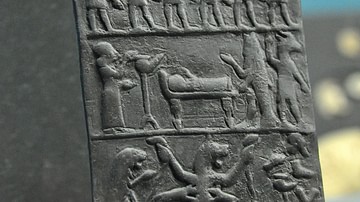
Article
Burial in Ancient Mesopotamia
Burial in ancient Mesopotamia was the practice of interring a corpse in a grave or tomb while observing certain rites, primarily to ensure the passage of the soul of the deceased to the underworld and prevent its return to haunt the living...
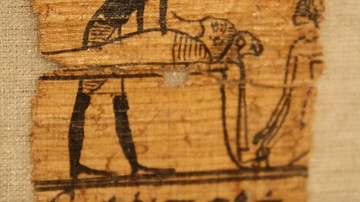
Definition
Ancient Egyptian Burial
Egyptian burial is the common term for the ancient Egyptian funerary rituals concerning death and the soul's journey to the afterlife. Eternity, according to scholar Margaret Bunson, “was the common destination of each man, woman and child...
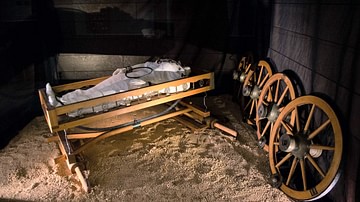
Article
Death, Burial & the Afterlife in the Ancient Celtic Religion
The ancient Celts who occupied large parts of Europe from 700 BCE to 400 CE displayed a clear belief in an afterlife as evidenced in their treatment of the dead. In the absence of extensive written records by the Celts themselves, we are...
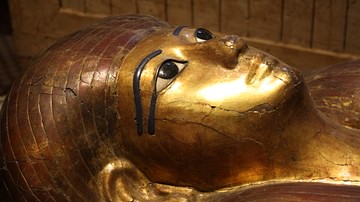
Article
Herodotus on Burial in Egypt
Herodotus' section of his Histories on burial in ancient Egypt (Book II.85-90) is an accurate description of Egyptian mummification, but he purposefully omits the spiritual significance of embalming in keeping with his commitment to refrain...
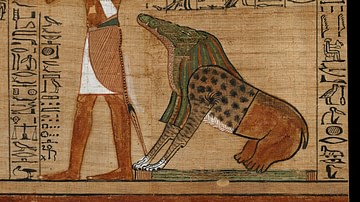
Collection
Funerary Rites, Burial, and the Afterlife of the Ancient Egyptians
Often misconstrued as a culture obsessed with death, the ancient Egyptians viewed death and the afterlife as an intimately connected continuance to life itself. Though funerary processions and burial rites changed over the years - as seen...
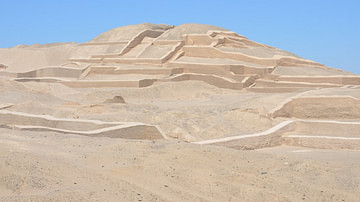
Image
Burial Mound, Cahuachi
A burial mound at the Nazca site of Cahuachi, southern Peru. The 40 mounds at the site are built on natural hilltops using earth and adobe-brick retaining walls. The site was used for burials and religious ceremonies between 100 BCE and 550...
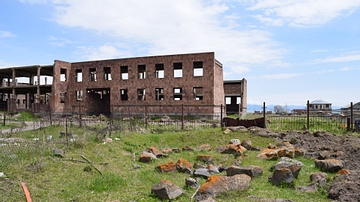
Image
Burial Blocks at Lchashen in Armenia
Lchashen is a rich archaeological site in Armenia with Bronze Age burial crypts, cuneiform inscriptions, an Iron Age fortress, and a medieval church. Over 800 ancient burial sites have been discovered in the area since the 1950s. In this...
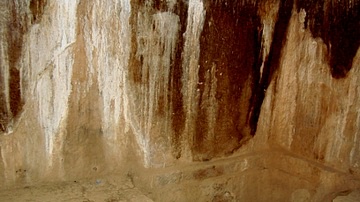
Image
Burial Chamber, Rock-Cut Tombs of Qizqapan
This is the left burial chamber at the rock-cut tombs of Ashkawt-i Qizqapan (Kurdish: The Cave of the Ravisher or the Cave of the Raped/Abducted Girl). This rectangular coffin was carved into the rocky floor, which was hollowed out. Probably...
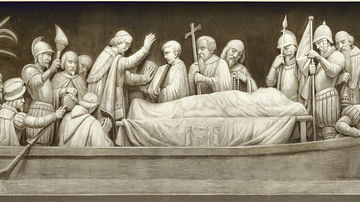
Image
Burial of De Soto
Frieze depicting the burial of Spanish explorer Hernando de Soto in the Mississippi River in 1542.
Capitol Rotunda, Washington D.C.